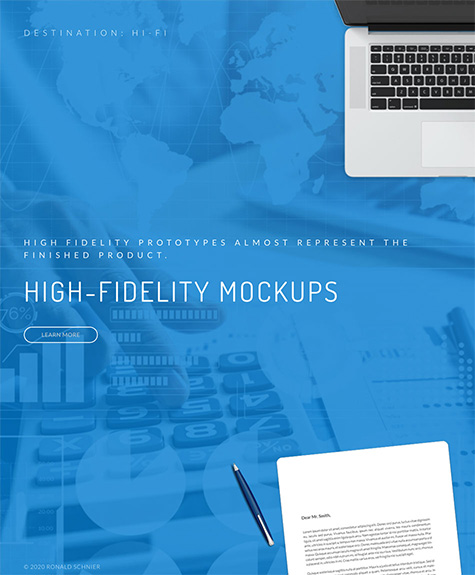Why should I use Scrum?

Sure why certainly? Not since you assume it's a must to, or as a result of all people else is doing it. Solely do it if there's a actual drawback that you just wish to clear up. To call a couple of examples: When you have issues with delivering software program on the proper time. In case your tasks spent an excessive amount of cash for too little worth. When you assume you possibly can’t sustain with market developments. Simply keep in mind that Scrum isn't the Holy Grail. It is not going to clear up your whole issues, and when carried out badly it would very nicely make issues worse.
























